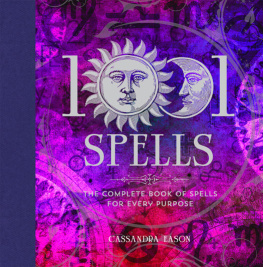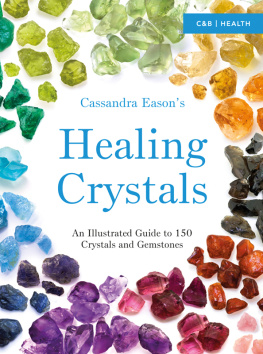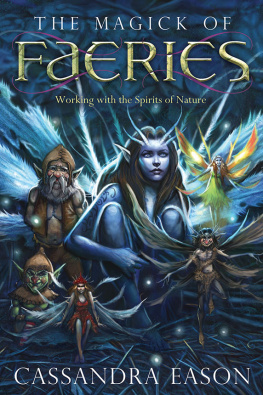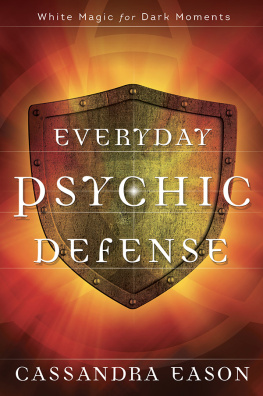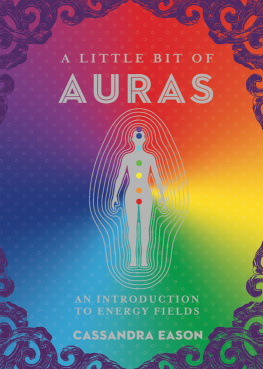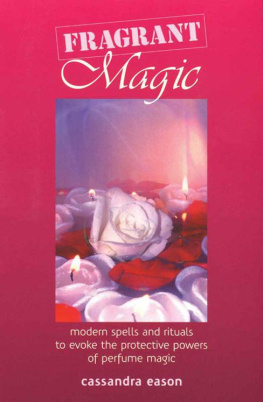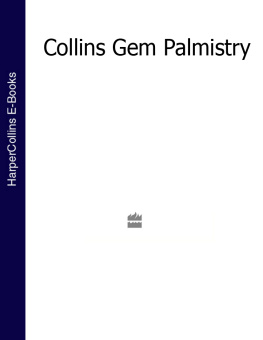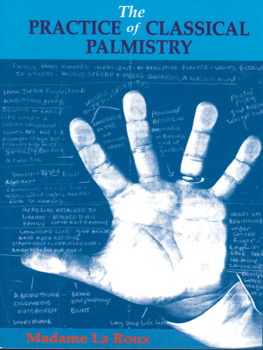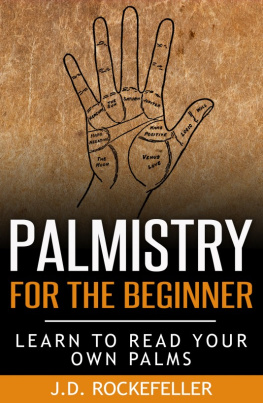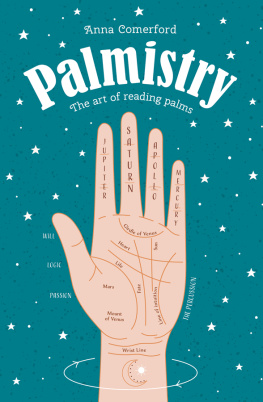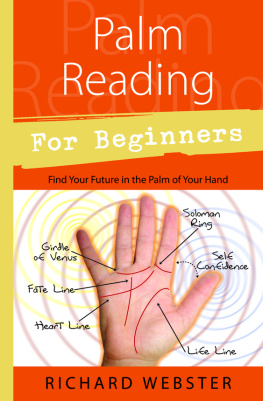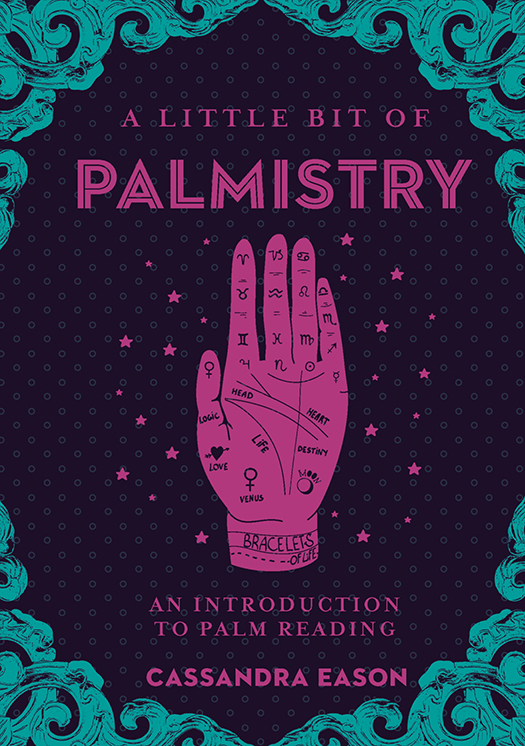STERLING and the distinctive Sterling logo are registered trademarks of Sterling Publishing Co., Inc.
Cover and illustrations 2018 Sterling Publishing Co., Inc.
All rights reserved. No part of this publication may be reproduced, stored in a retrieval system, or transmitted in any form or by any means (including electronic, mechanical, photocopying, recording, or otherwise) without prior written permission from the publisher.
For information about custom editions, special sales, and premium and corporate purchases, please contact Sterling Special Sales at 800-805-5489 or .
INTRODUCTION: WHAT IS PALMISTRY?
Palmistry is probably the most fun and most straightforward and exciting of all methods of divination. Yet many palmistry books are bought and abandoned a quarter of the way through because of their complexity, such as the hundreds of rules you apparently need to learn.
However, you can learn simple, but accurate, basic palmistry in a relatively short time with a minimum of rules, most of which are common sense, and so in this book I concentrate on the essentials, things that are necessary for accurate readings without destroying their spontaneity. Think of palmistry as a psychic art where you tune in to your subjects psyche via their palms, using what is basically psychometry or psychic touch.
We will practice this intuitive approach in , and later in more detail, where you can combine intuition with knowledge of what the lines and markings traditionally signify, thus gaining a full picture on all levels, not just based on outer physical signs.
THE POWER OF TOUCH
Lovers, as well as parents and children, hold hands. We use our hands to soothe others in distress by touching their hand gently; we also use them to make friendly initial connection with someone new, or whom we know formally, through a handshake. Through that handshake, we can often determine the level of trustworthiness of a person as our two energy fields make a connection. Palmistry involves this mingling of energy fields or auras of the reader and their subjects.
Use palmistry for reading the potentials of your child or teenager, having a fun palm-reading party with your friends (more on this later), or seeking the compatibilities between yourself and a loved one as your relationship evolves, and to answer the questions and dilemmas of yourself and others through discovering the potentials, opportunities, and challenges revealed in the hand.
WHERE TO START
Both hands can be read, though some readers, especially if time is short, focus on the main hand that is used for writing, referred to in palmistry as the Active hand, and this alone can record those opportunities and challenges in your present and future and so help to make informed choices.
The non-dominant hand, the one you dont use to write, is known as the Inactive hand, and reflects your potential, your treasure box of natural talents and weaknesses, and what you are thinking about doing in the longer term, or would like to do. The Active hand reveals what you are doing or planning on doing in the near future.
Hold the Inactive hand of a trusted friend or family member, using your Active hand, palm to palm, for a minute or two at a time when you will not be disturbed. This gentle but firm tactile contact is the essence of the best palm reading, as it is here that intuitive and telepathic connections are easily made. Now place their Inactive hand flat on a table, palm facing up.
Gently and slowly pass your downturned Active hand, fingers curved an inch or two (a few centimeters) above the palm of the Inactive hand of the subject. Firstly, move in circles over the whole palm and, if the connection is not strong, move your hand nearer if necessary, so it is almost touching the subjects palm. Feel the areas where the energies are strong but regular, areas that seem dead or blocked, and ones where the energies are harsh and very fast. You may get images in your mind, or hear words, or just gain impressions.
Now move the index finger of the hand you are using gently above the different lines and mounds of the subjects hand, and feel the relative energies. At the beginning of is a diagram showing the names of these lines, but you may prefer to discover what you feel without knowledge getting in the way at this initial stage.
Using a copy of the blank hands at the end of this chapter, mark the energies by creating your own shorthand, perhaps a wavy line for naturally flowing energies, pale straight lines with breaks where you felt them for blocked energies, and dark zigzags for overly harsh energies.
Now change to the other hand, holding their Active hand for a minute or two, then placing that hand flat on the table but still using your own Active hand to assess the energies.
Afterward, compare the two hands and write down what you feel, and then you can discuss it with your subject, and the two of you can piece together the significance.
Date and store the image and, when you have learned the conventional meanings by reading the subsequent chapters of this book, re-examine the original hand prints; you should find remarkable similarities in the results. (If this re-examination is more than three months after the initial assessment, or if major life events have occurred in the subjects life, the energies may be slightly different.)
ONGOING SELF-ASSESSMENT
The most effective case study is yourself, since each time you read a chapter, you can draw on your original diagrams.
Initially read your own palms intuitively as above, using your Active hand to assess your Inactive hand and your Inactive hand to assess your Active one. Again, date these and save them. As you read the chapters, you will learn the formal significance of a set of markings or lines; draw these on the diagrams of your hands. By the time you finish the book, you will have a very clear picture.
WHAT YOU NEED TO BEGIN PALMISTRY
You need remarkably little or nothing; and in time, as you encounter people at work or socially, you can almost instantly assess their handseven the counter assistant at the checkout in the supermarket as you are handed your purchases.
However, when studying palms in detail, especially if the lines or markings are quite faint, it can be helpful to accentuate the lines, markings, and even fleshy bumps or mounts on a hand by using talcum powder sprinkled and smoothed on the lines and bumps.
Alternatively, study the hands using a magnifying glass or even a photocopier or a printout of a digital camera photograph of the hand prints. In a hurry, you can draw over the lines and main markings with a marker pen or ballpoint. Paint is a bit messy, though some people do dip their hands in a smooth tray of washable red or blue paint and then go over the hand with a roller before imprinting the hands on paper.


